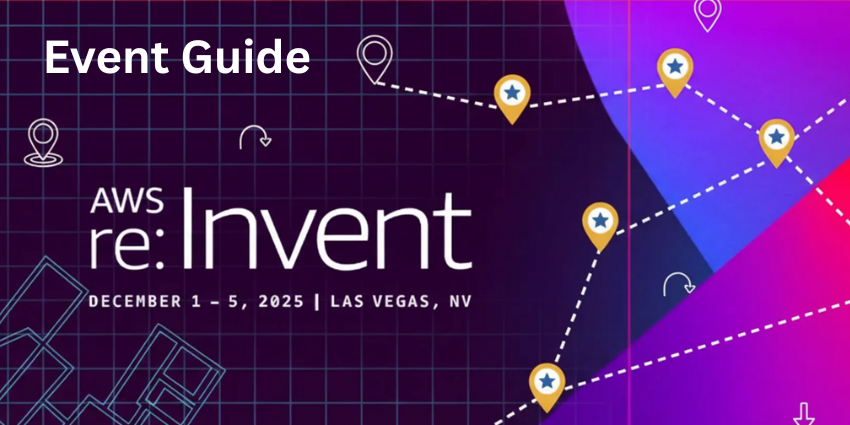In today’s digital-first world, customers expect seamless, personalized experiences at every interaction with a brand.
Yet, many enterprises are struggling to deliver on this promise, falling victim to what experts call the “customer journey black hole.”
This phenomenon occurs when customer data, context, or information are lost between interactions, creating fragmented and frustrating experiences that can cost brands both loyalty and revenue.
Gaurav Anand, VP and Head of Customer Interaction Suite at Tata Communications, describes the black hole as the exact opposite of what brands intend to deliver.
“Your data – whether it’s for an inquiry, a product question, or a complaint – is going in one channel and then getting lost. That’s the black hole side of it,” he explains.
And the impact of this journey black hole is severe. It’s not just that the customer is unhappy. Your actual business numbers are getting impacted.
Why It Happens: Silos, Channels, and Technology Gaps
The consequences of a fragmented customer journey are stark. A study by PwC found that 92% of customers would abandon a brand after two or more negative interactions.
In other words, every dropped call, unresolved query, or repeated customer statement represents a potential lost sale, diminished brand trust, and decreased customer lifetime value.
The causes of the black hole are multifaceted. Enterprises often operate in silos, with marketing, product, billing, and support teams holding pieces of the customer puzzle in separate systems that do not communicate with each other.
Misaligned channels exacerbate the problem, as customer preferences differ by demographic, time of the day, their stage in the journey etc. For example a younger consumer may prefer messaging apps, while older generations often prefer phone calls.
Technology gaps, such as disconnected AI solutions and multiple vendor systems, along with operational inefficiencies, further worsen the situation.
And in today’s world, if the hand-off from AI to humans loses context and customers have to repeat themselves, then this black hole can be pretty deep.
The Cost of Ignoring the Black Hole
The impact extends beyond customer experience metrics. Anand points out that “closing these gaps is just not about improving customer experience. It’s about protecting the brand value and the value of the businesses that these brands are in.”
Fragmented customer interactions can cost enterprises significantly in lost sales, operational inefficiencies, and increased churn, underscoring why addressing the black hole is not just a CX priority, but a business imperative.
When customer data is lost or mismanaged, brands risk reduced sales, operational inefficiency, and reputational damage, as negative experiences can spread quickly in the age of social media.
Compliance and privacy requirements can also unintentionally introduce friction, making it more challenging to provide smooth, personalized interactions. Ignoring the black hole may result in a slow erosion of customer trust, which competitors can capitalize on.
Closing the Gap: Unified CX and AI Solutions
Addressing the black hole requires a holistic approach.
Enterprises need to unify their data and orchestrate interactions across all touchpoints to streamline operations. This includes ensuring that every channel communicates with the others, maintaining context between interactions, and empowering human agents with the right information at the right time.
AI can help, but only if fed with contextual & comprehensive data and deployed thoughtfully, maintaining continuity between automated and human-led experiences.
The payoff is significant. Brands that achieve seamless, data-driven experiences can reduce churn, increase engagement, and extract actionable insights from end-to-end journey analytics. In a competitive marketplace, providing frictionless experiences is no longer optional – it’s a differentiator.
As Anand warns, “It sounds simple, but the customer is truly expected. And if their expectations aren’t met, they will leave. The black hole is real, and brands cannot afford to ignore it.”
As more enterprises confront the customer journey black hole, many are turning to unified CX strategies that bring together communications, data, and AI.
Companies like Tata Communications are helping organizations reimagine this space – integrating CPaaS, CCaaS and CXP technologies to create more connected, context-rich interactions.
It’s a shift from managing channels to orchestrating journeys – a move that could define the next era of customer experience.
To explore how your organization can overcome the customer journey black hole and create seamless, unified experiences, contact Tata Communications to learn more about their integrated CX platform capabilities.







